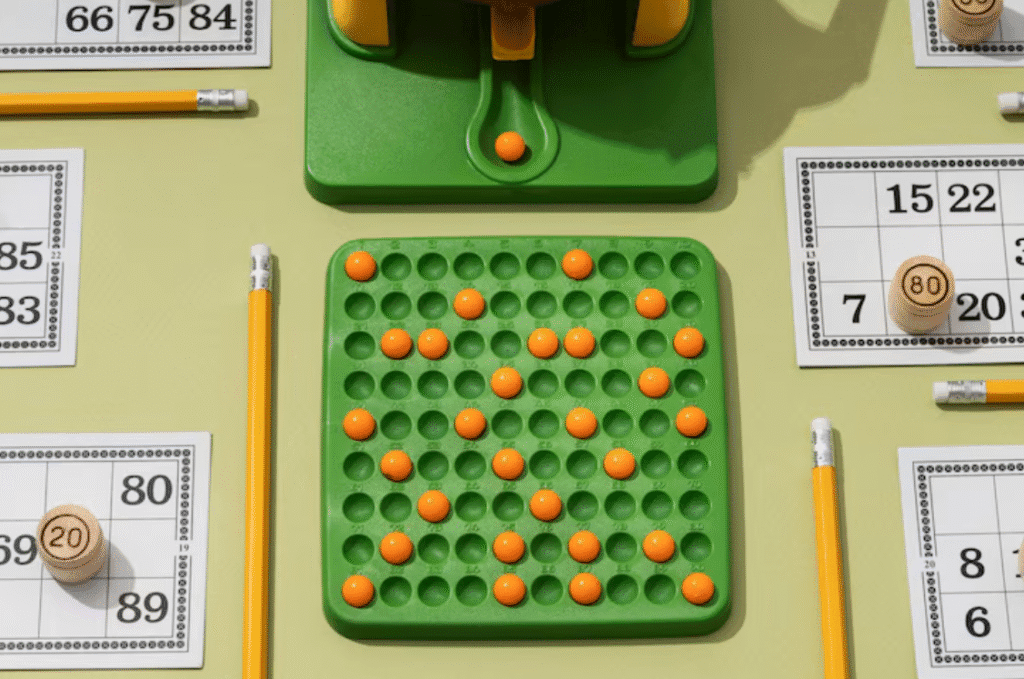In any strategy game that involves combat—whether it’s real-time strategy (RTS), turn-based strategy (TBS), or grand strategy—unit composition can make the difference between victory and defeat. Knowing how to build a balanced army, counter enemy forces, and optimize your troops’ strengths is a critical skill for any aspiring strategist. This article breaks down the core principles of unit composition and army balance to help you dominate the battlefield.
1. What Is Unit Composition?
Unit composition refers to the mix of different units in your army, each with unique strengths, weaknesses, and roles. Think of your army like a toolbox: different tools are best suited for different tasks. For example:
- Frontline Infantry: Absorb damage and hold the line.
- Ranged Units: Deal damage from a distance.
- Cavalry or Fast Attackers: Flank enemies or chase down vulnerable targets.
- Siege Units: Break through fortifications and heavy defenses.
- Specialist Units: Include healers, support units, or magic users, depending on the game.
Understanding how these roles work together is the first step toward building an effective army.
2. The Golden Rule: Balance is Key
A well-balanced army can handle a variety of threats. Here’s a simple guideline to start with:
- 60% Core Units (infantry, basic attackers)
- 20% Ranged Units (archers, artillery)
- 10% Fast Units (cavalry, scouts)
- 10% Specialists (healers, siege engines, anti-air)
Of course, this ratio may vary depending on the game, map, and opponent. The key is adaptability—adjust your composition based on what your opponent is doing and the mission objectives.
3. Understanding Counters
Most strategy games use a counter system where certain units are strong against some and weak against others. For example:
- Spearmen counter cavalry in Age of Empires.
- Anti-air units counter bombers in StarCraft.
- Archers counter light infantry, but struggle against armored units.
Learn the counter relationships in your game of choice, and build your army to exploit them. For instance:
- If your opponent is massing tanks, add anti-armor units.
- If they rely on air units, build anti-air defenses.
Adaptation is the key to long-term success.
4. Micro vs. Macro: Controlling Units Effectively
A great unit composition is useless if you don’t control your forces well. Here’s how to maximize your army’s potential:
- Use Hotkeys and Control Groups: Assign units to groups for faster command execution.
- Position Units Correctly: Place tanks in front, ranged units behind, and flanking units on the sides.
- Focus Fire: Concentrate attacks on key targets like enemy siege units or commanders.
- Use Abilities: Don’t forget to activate unit abilities (like healing, shields, or stuns) at the right moment.
5. Adjusting Composition Based on Game Phases
Unit composition evolves over time:
- Early Game: Focus on cheaper, versatile units that can scout, harass, or defend.
- Mid-Game: Start adding specialized units like siege weapons, cavalry, or support.
- Late Game: Build powerful, high-cost units (like heroes or superweapons) and reinforce your core army with upgrades.
Always transition smoothly—don’t get stuck in one phase too long.
6. Army Composition in Popular Strategy Games
Here’s how unit composition works in a few popular games:
- StarCraft II: Balance between bio (marines, marauders) and mech (tanks, thors). Always include detection and anti-air.
- Total War Series: Mix heavy infantry, missile units, cavalry, and artillery based on faction strengths.
- Company of Heroes 3: Blend infantry, armor, and support weapons; adjust based on map control and opponent strategy.
- Civilization VI (Warfare Focus): Combine melee units, ranged units, siege engines, and support like medics or spies.
7. Common Mistakes to Avoid
- One-Trick Armies: Don’t rely on a single unit type—it’s easy to counter.
- Ignoring Upgrades: Unit upgrades often provide major boosts; invest in them.
- Neglecting Support Units: Units like healers, buffers, or engineers can tip the scales in battle.
- Not Scouting: You can’t build the right army if you don’t know what your opponent is doing.




